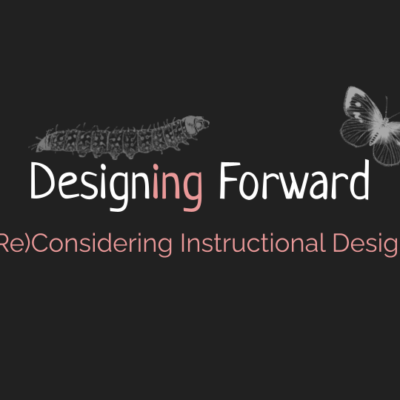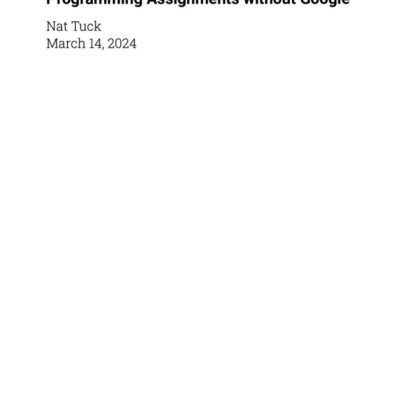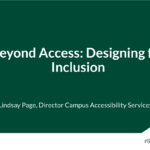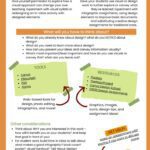
(Re)Considering Instructional Design
Learn more about the Designing Forward Davis Grant, how you can get involved, and how the

The practice of instructional design (ID) is often mentioned in the context of developing online classes; we encourage instructors to consider it more broadly — whenever they are building learning experiences. In particular, ID comes into play when designing structures and architectures for teaching and learning.
While traditional ID tends to focus on fairly rigid structures and carefully mapped objectives, assignments, and assessment, we are also interested in what instructional design looks like in more emergent and explorative courses. What does it look like to design for emergence? For creative exploration? For failure?
The Formats & Modalities module of Design Forward (the CoLab’s faculty development platform), provides additional resources and readings for faculty who are exploring a change of course modality (switching between F2F, hybrid, online asynch, online synch, hyflex, etc.).

Learn more about the Designing Forward Davis Grant, how you can get involved, and how the

What is game-based learning (GBL)? How is it different from gamified learning? What are some

Presenter: Nat Tuck Typically programming assignments are given as homework and students are allowed to

Presenter: Jason Charrette This presentation will discuss the why and how of using role-playing simulations

We will take just a couple of minutes to ground ourselves in the definitions of

Get oriented to Canva, an online tool for designing just about anything. Refresh your syllabi,

“Universal Design is not about buildings, it is about building – building community, building better

Resources from CoLab event held on 9/20/21 exploring what it means to forefront self-care in the

Whether you teach face to face in person, virtually synchronous, or asynchronously, your students will

Authentic assessments ask students to apply their learning to new situations. It is often contrasted
